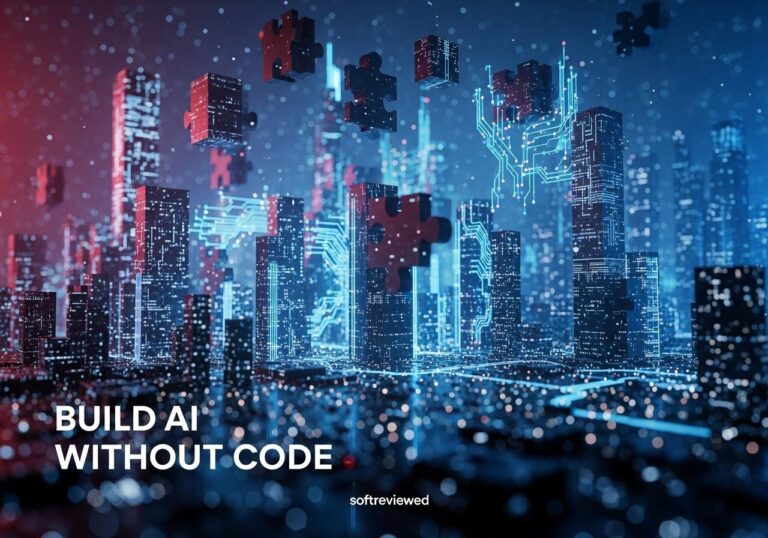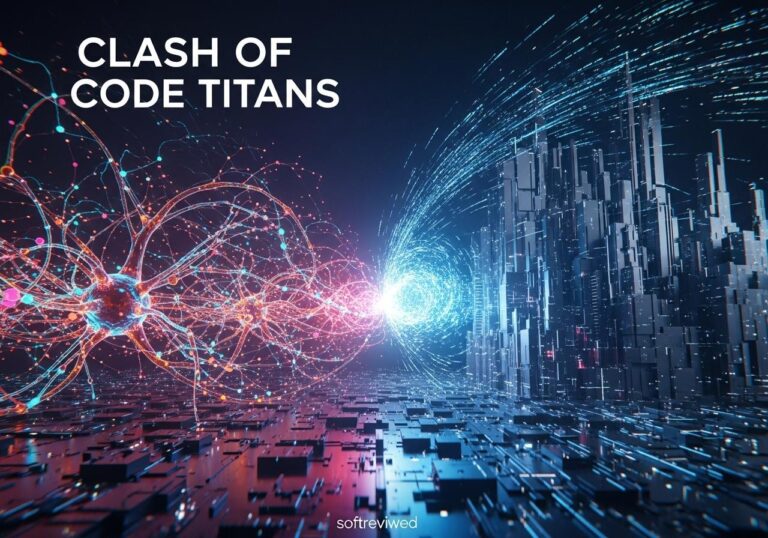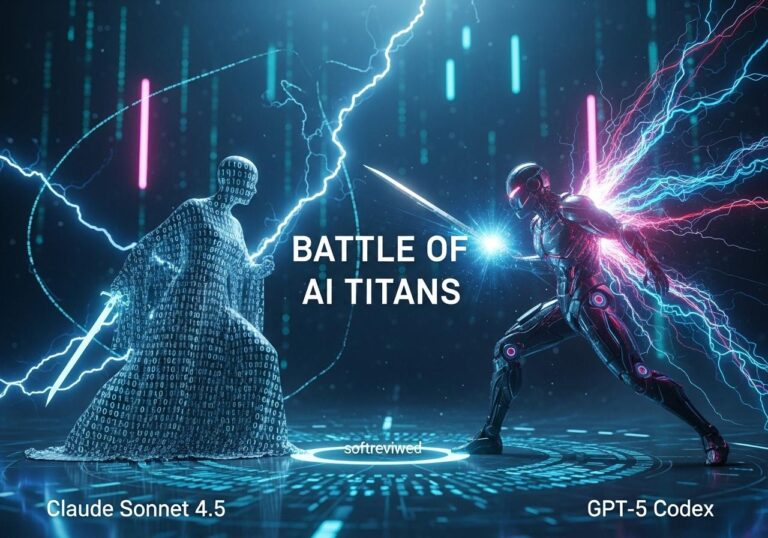NVIDIA NIM: Revolutionizing AI Deployment
Advanced platform for AI model deployment and inference optimization across multiple environments
NVIDIA NIM Platform
Accelerated inference microservices platform enabling seamless AI model deployment across clouds, data centers, and PCs with optimized performance.
Performance Boost
Blackwell GPU architecture delivers 4x training performance, 30x inference performance, and 25x improved energy efficiency compared to H100.
AWS Collaboration
Strategic partnership with AWS enhancing healthcare solutions through NVIDIA NIM and BioNeMo FMs for drug discovery and digital health.
Ecosystem Enhancement
Comprehensive improvements including new switches, BlueField-3 SuperNICs, and software optimizations for the Blackwell architecture.
Generative AI Support
Optimized microservices for deploying generative AI models with low-latency and high-throughput inferencing capabilities.
Security & Flexibility
Secure AI deployment across various platforms including RTX AI PCs, workstations, data centers, and cloud environments.
The world of Artificial Intelligence is constantly evolving, and NVIDIA, a major player in the AI hardware and software space, is pushing boundaries once again with its NVIDIA NIM (NVIDIA Inference Microservices). But what exactly is NIM, and how does it impact the way we develop and deploy AI? This article will explore the ins and outs of NVIDIA NIM, its core features, practical applications, and how it's changing the landscape of AI deployment. We'll dive into how it can help you streamline the AI workflow, and ultimately, create faster, more efficient AI systems.
What Exactly is NVIDIA NIM? 🤔
NVIDIA NIM isn't a single piece of software but a set of cloud-native microservices designed to accelerate the deployment of AI models, especially generative AI, across various environments – from the cloud to data centers, and even on workstations and RTX AI PCs. Think of NIM as a streamlined toolkit that removes the complexities of containerizing AI models, providing pre-optimized, ready-to-deploy components. Essentially, it's a set of building blocks that allow you to easily integrate powerful AI capabilities into your applications.
NIM's Core Mechanics: How Does it Work?⚙️
NVIDIA NIM leverages pre-built containers, available through the NVIDIA NGC Catalog, containing optimized AI models and inference engines like TensorRT and TensorRT-LLM. These microservices expose industry-standard APIs, simplifying integration into existing AI applications. The system smartly selects the best optimized engine (TensorRT-LLM for supported GPUs, or vLLM for others) to ensure peak performance. These microservices are designed for portability, allowing deployment in various environments, and they're also optimized for latency and throughput.
Why NIM? Understanding the Motivation Behind NVIDIA's Innovation 💡

The key motivation for NIM is to streamline the often complex process of deploying AI models from development to production. Traditionally, deploying AI models can be challenging. NVIDIA NIM addresses performance bottlenecks, providing optimized inference performance, scalability and seamless integration with existing frameworks. NVIDIA NIM abstracts the complexities of AI model deployment, providing an efficient way to take pre-trained and customized models and get them running quickly. It removes the burden of AI model development and containerization. This significantly reduces the time-to-market and time-to-value for enterprises adopting AI technologies.
Key Advantages of Using NVIDIA NIM ✅
NVIDIA NIM brings several notable benefits:
- Optimized Performance: NIM maximizes AI model performance during inference, utilizing NVIDIA's powerful GPUs. This is especially critical for real-time applications that need high throughput and low latency.
- Portability: NIM allows you to run the same AI models on diverse infrastructures, including on-premises data centers, cloud environments, and even edge devices.
- Scalability: NIM scales seamlessly from individual workstations to large data centers, making it suitable for varying AI workloads.
- Ease of Use: Industry-standard APIs make it simpler for developers to integrate AI models into applications.
- Faster Deployment: NIM microservices simplify model deployment and integration, greatly reducing the time and effort needed for traditional deployment.
- Cost-Efficiency: By optimizing performance and reducing the need for manual intervention, NIM can lead to lower operational costs.
Diving Deeper: NIM's Components and Key Features 🔍
NIM packages NVIDIA CUDA libraries and specialized code for different domains:
- NVIDIA NeMo: Offers fine-tuning for LLMs, speech, and multimodal models using proprietary data.
- NVIDIA BioNeMo: Accelerates drug discovery with models for generative biology, chemistry, and molecular prediction.
- NVIDIA Picasso: Enables faster creative workflows using Edify models.
NIM also provides components for building advanced AI pipelines, such as:
- LLM NIM: For running large language models.
- NeMo Retriever Text Embedding NIM: For embedding text data.
- NeMo Retriever Text Reranking NIM: For improving the accuracy of text retrieval.
Where Can You Use NIM? Real-World Applications 🌎
The potential use cases for NVIDIA NIM are diverse, given its focus on accelerating AI inference. Some practical applications include:
- Customer Service: NIM can power AI-driven chatbots, making them faster and more efficient for processing requests and providing information.
- Content Creation: NIM microservices can be used to accelerate content generation pipelines for videos, images, or text.
- Drug Discovery: NIM facilitates the acceleration of drug discovery through the power of AI models that rapidly analyze biological and chemical data.
- Financial Trading: NIM can optimize AI algorithms for quicker analysis and decision making.
- RAG Applications: NIM is ideal for building retrieval-augmented generation (RAG) pipelines, combining LLMs with retrieval capabilities.
- Robotics: NIM can be used to optimize the performance of AI algorithms in robots for tasks including object recognition and navigation.
NIM vs Traditional AI Deployment: A Quick Comparison 📊
To highlight the differences, here’s a table comparing NVIDIA NIM with traditional AI deployment approaches:
| Feature | NVIDIA NIM | Traditional AI Deployment |
|---|---|---|
| Deployment | Microservices, pre-built containers | Manual configuration, custom scripts |
| Optimization | Pre-optimized models and inference engines | Requires manual tuning and optimization |
| Portability | Works across cloud, data center, and workstations | Limited portability, often tied to specific infra |
| Scalability | Scales easily with workload | Requires specific infrastructure setup |
| Integration | Standard APIs | Custom integrations often needed |
| Time to Market | Faster deployment | Slower due to complex manual process |
| Cost | Can reduce operational costs | Higher cost due to manual setup and optimization |
Expert Perspectives on NIM: What the Industry is Saying 🗣️
Industry experts are recognizing the potential of NVIDIA NIM to transform AI deployment. While specific public quotes are limited, the general sentiment is that NIM’s ease of deployment and optimization capabilities are significant. One industry analyst from Deepchecks, notes that NVIDIA NIM is poised to completely transform the application and deployment of AI models. A report by WWT highlights that NIM removes the complex burden of AI model development and containerization by providing an efficient and cost-effective package that is easy to deploy and scale.
Stepping into the Future with NIM 🚀
NVIDIA NIM is not just about speeding up current AI applications; it also sets the stage for future developments. We can expect to see:
- Increased Accessibility: NIM will make it easier for smaller organizations to deploy sophisticated AI.
- Expanded Model Support: NIM will likely support a growing array of AI models and frameworks.
- AI Everywhere: NIM's portability means we will see more AI functionality deployed in edge devices and embedded systems.
- More Advanced Pipelines: With pre-built NIM microservices, building more complex and efficient AI pipelines will become easier for developers.
Is NVIDIA NIM Integral to the Performance of NVIDIA Nemotron Models?
The performance of NVIDIA Nemotron models significantly benefits from NVIDIA NIM. This integration enhances processing efficiency and capability, making it crucial for optimal operation. In the context of nvidia nemotron model comparison, the synergistic relationship between NIM and the models underscores their combined potential for advanced computing tasks.
Final Thoughts: Is NIM the Future of AI Deployment? 🎯
NVIDIA NIM has the potential to significantly impact how AI is developed and deployed. Its focus on portability, optimized performance, and ease of use is a step forward for developers looking to harness the power of AI. While it is a newer technology, and specific usage scenarios are still being explored, its potential is clear. It's streamlining AI infrastructure and enabling developers to bring AI applications to market much faster and more efficiently. NVIDIA NIM could very well be a critical element in the next era of AI, where the technology becomes more accessible and pervasive. The future of AI deployment looks like it will be faster, more scalable, and more streamlined, thanks in part to NVIDIA NIM.
For more information, you can visit the official NVIDIA NIM documentation. NVIDIA NIM for Developers
NVIDIA NIM Performance Improvements Comparison
This chart compares various performance metrics showing improvements achieved by NVIDIA NIM across different aspects of model inference and processing capabilities.







